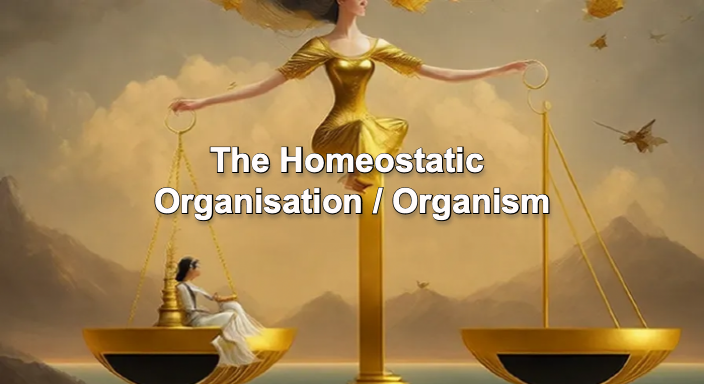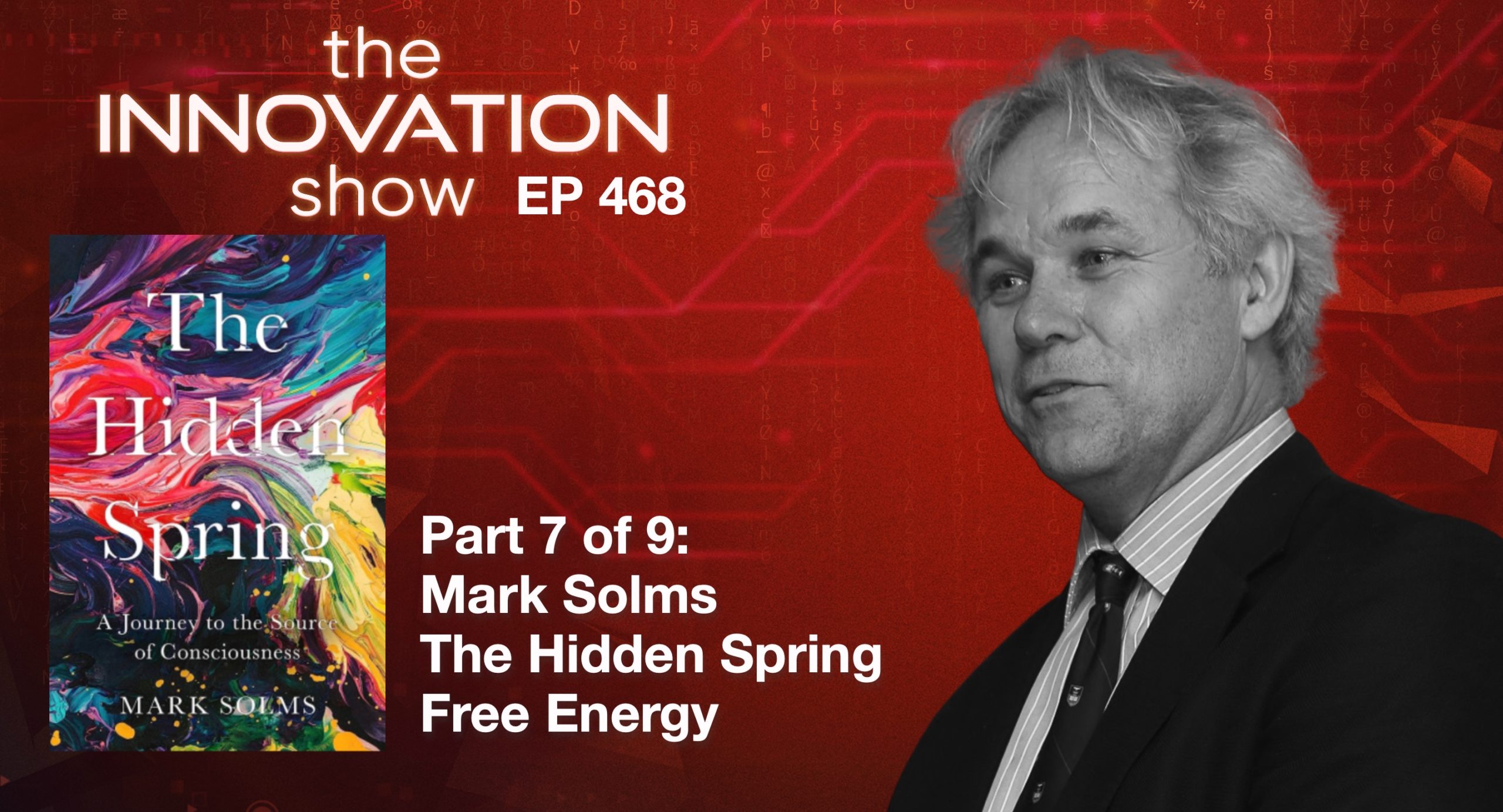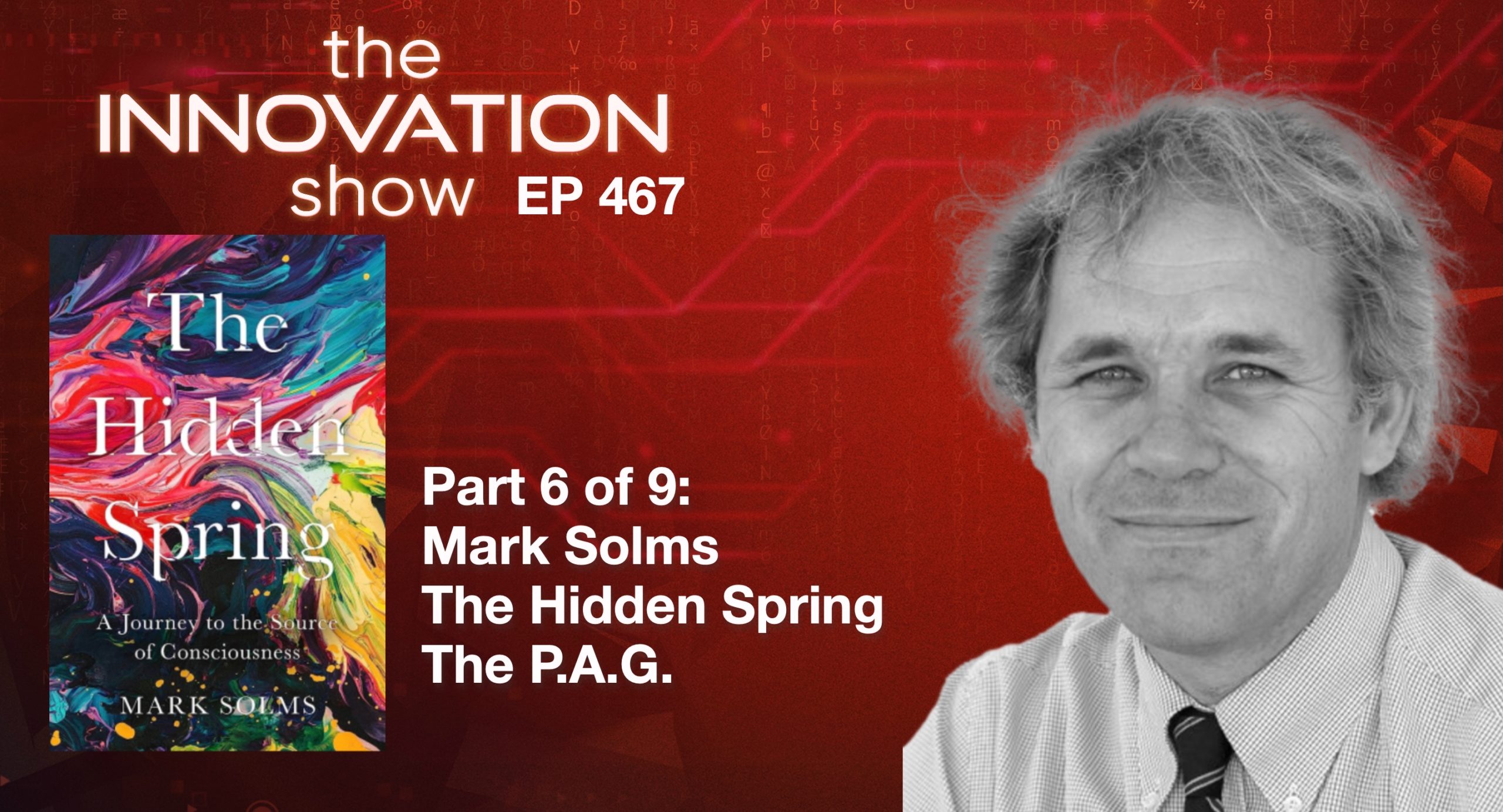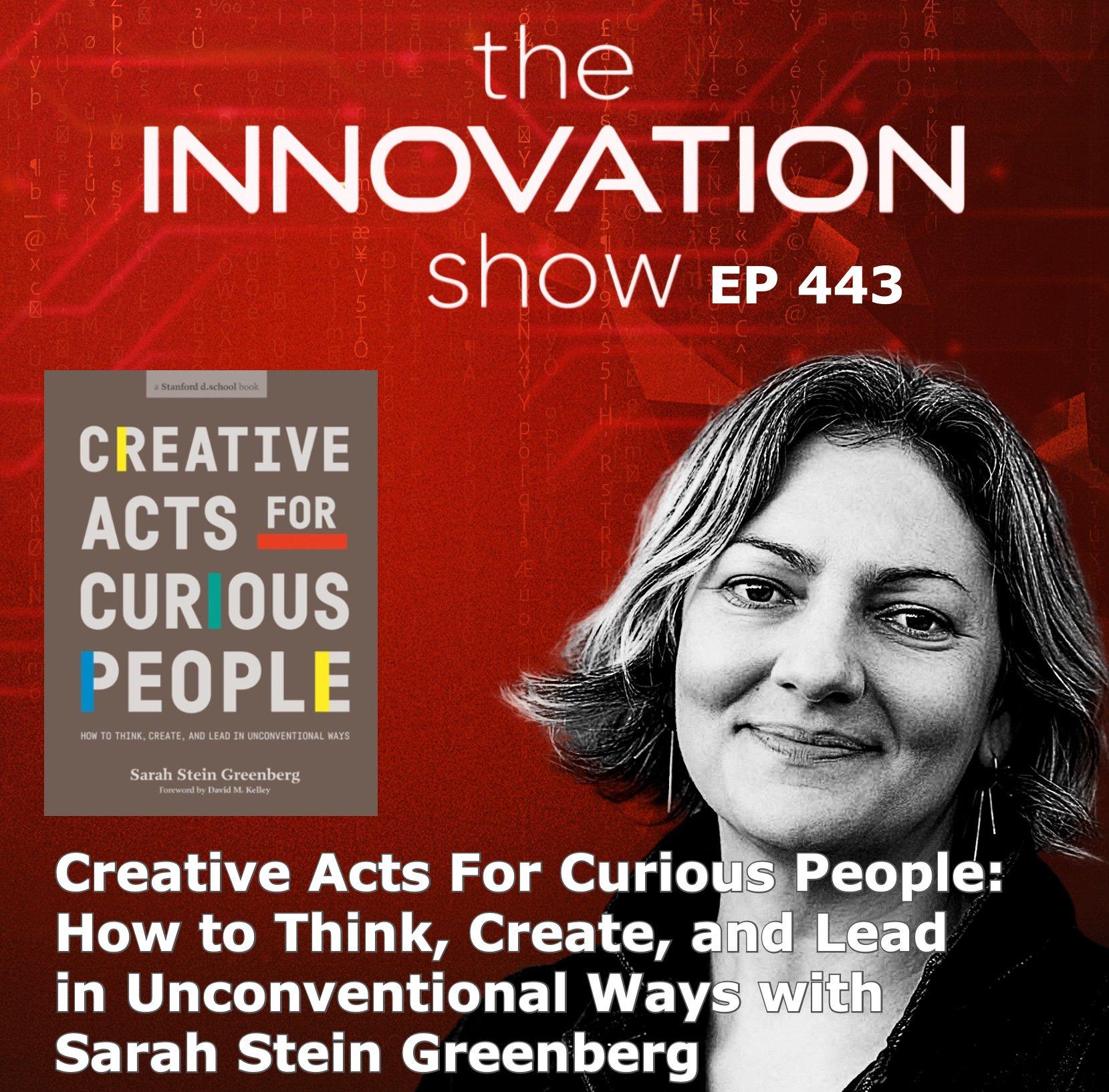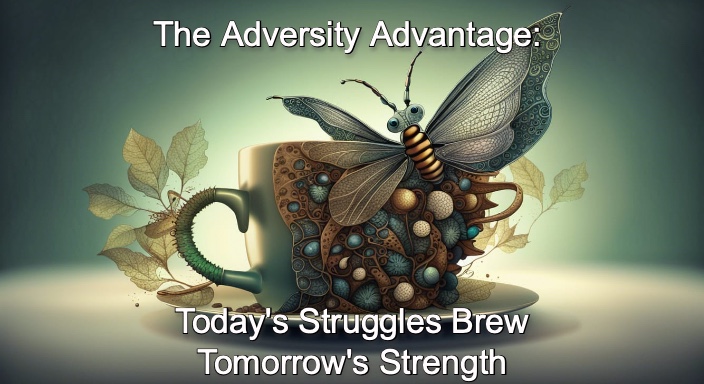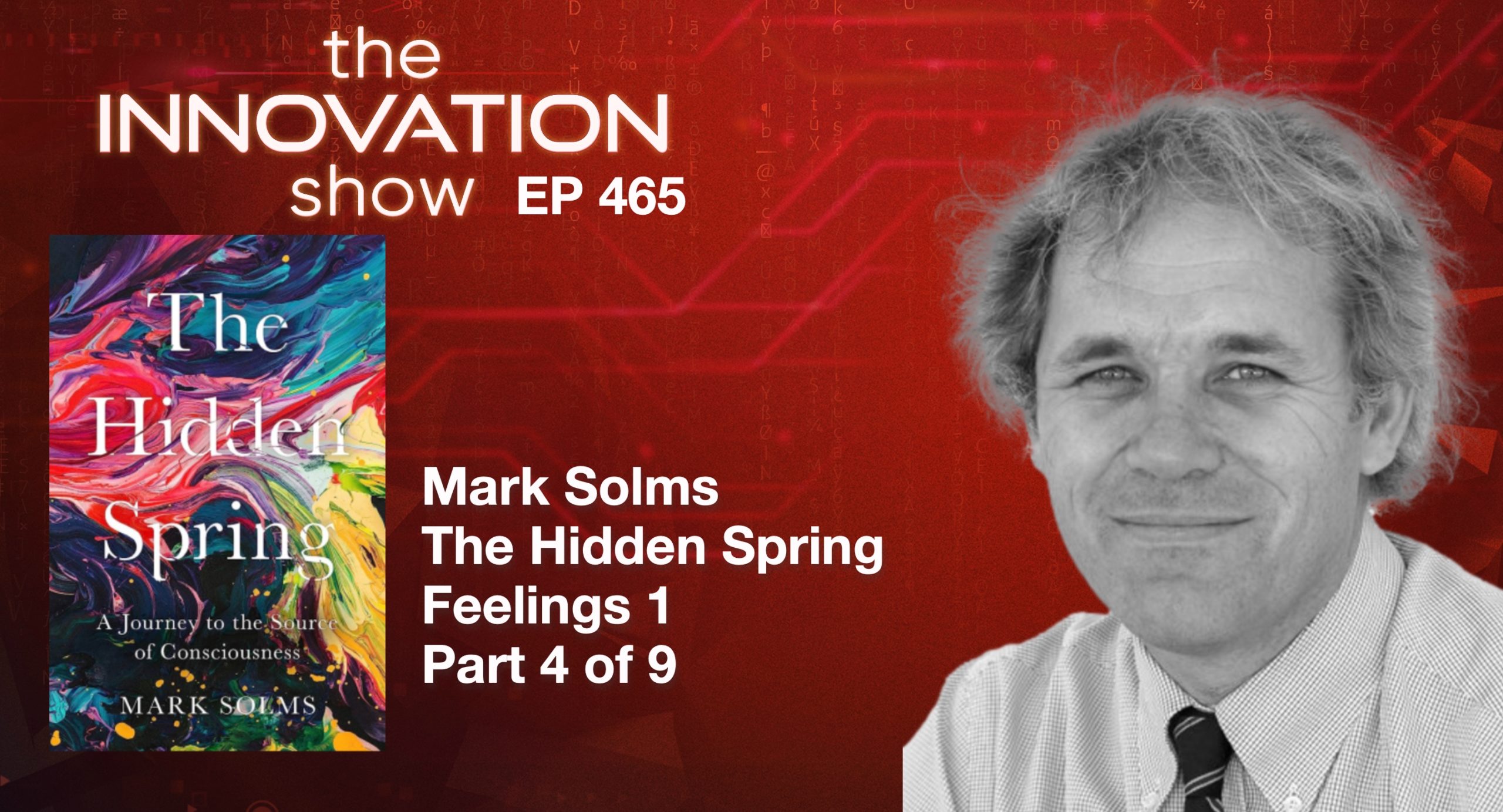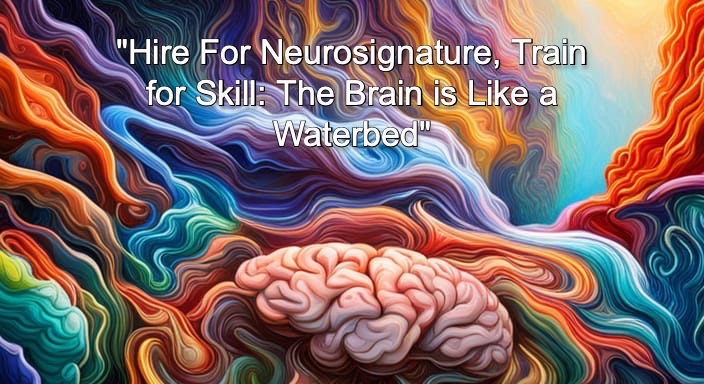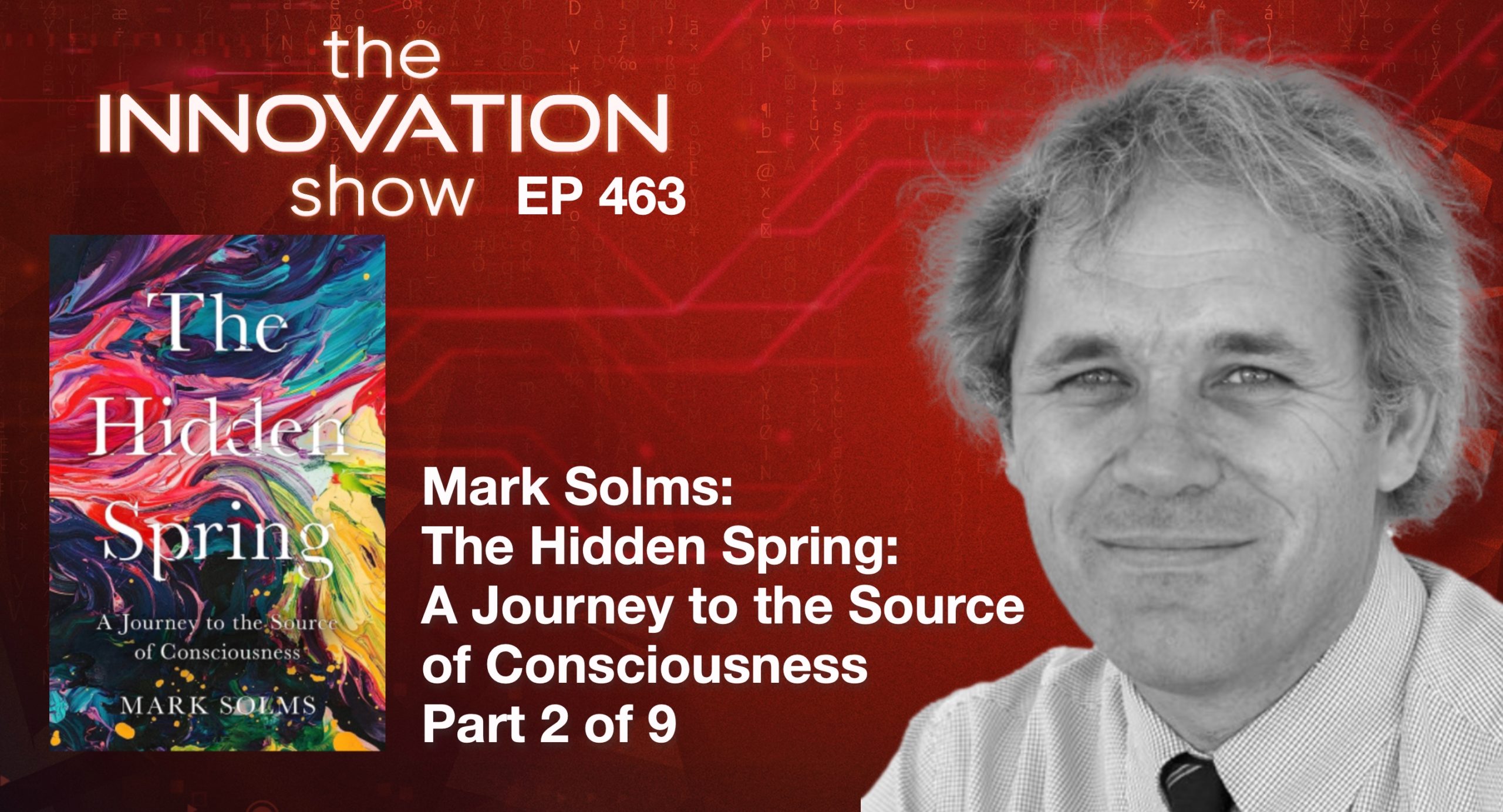Resisting entropy is a fundamental function of living things. Similarly, organisations that resist change become victims of entropy, disrupting the balance of their systems and tipping the scales towards entropy. Maintaining homeostasis is not an event. It is a continual process. Maintaining success requires effort, constant renewal and permanent reinvention.
Posted 2 years ago Tagged
It is a pleasure to welcome the author of The Hidden Spring: A Journey to the Source of Consciousness, Mark Solms. We share terms like Markov Blankets, The Free Energy Principle, Homeostasis, and Entropy.
Posted 2 years ago Tagged Aidan McCullen Business Consciousness Entrepreneurship Human Potential Innovation Leadership Mark Solms PAG Technology The hidden spring the periaqueductal grey Undisruptable
It is a pleasure to welcome the author of The Hidden Spring: A Journey to the Source of Consciousness, Mark Solms.
In this episode, we will discuss questions such as where does arousal come from anatomically and how does it arise physiologically? And the central question of today is where the seemingly magical shift from automatic reflex to volitional feeling occurs. Today, we will share some terms like synaptic transmission, reuptake, post-synaptic modulation and the role of neurotransmitters and neuromodulators, and we will also explain the role of the PAG, the periaqueductal grey.
Posted 2 years ago Tagged
The struggle you’re in today is developing the strength you need for tomorrow. – Robert Tew In a world of abundance, we take many things for granted. Our morning coffee is one such example. A morning brew helps many of us win the battle to wake up by winning a neurochemical war. However, there is another battle that takes place using chemical warfare. The battlefield? The dense, green foliage of the coffee plantation. Align to the left Align in the middle Resize to full width Align to the right Add a link to the embedded image Add alt text Delete image No alt text provided for this image Created using AI Like any crop, coffee plants are subject to attack by pests. Many plants and trees have developed fascinating defence mechanisms to protect themselves against such attacks. (Like the stinging nettle to the human touch) When insects nibble on the foliage of coffee plants, they release defence compounds. One of the defence mechanisms of coffee plants is the production of caffeine. Caffeine acts as a natural insecticide, deterring and even poisoning certain insects that attempt to feed on the plant. The caffeine content in coffee leaves and beans is toxic to many insects, making them less attractive to pests and reducing the likelihood of severe infestations. In addition to caffeine, coffee plants release an acid called chlorogenic acid. This acid acts as a natural fungicide and insecticide for the plant. When we drink our cup of coffee, we also drink these compounds. Chlorogenic acid is a powerful antioxidant and helps with weight loss, blood sugar control, and heart disease prevention. However, while protecting coffee plants with pesticides and insecticides might seem beneficial, this prevents the release of chlorogenic acid. Without insect attacks, the plant does not undergo stress or produce beneficial acids. Hormesis is a process whereby a beneficial effect (improved health, stress tolerance, growth or longevity) results from exposure to low doses of a toxin or stressor. Hormesis has been studied extensively with ageing. Researchers found that introducing stressors like intermittent fasting, exercise, and cold shower therapy produces resilience and anti-ageing effects. For example, when an optional cold shower activates a mild fight or flight response, it increases our tolerance for the cold and can guard us against catching a cold. Just as we can build up our tolerance for poisons, we can improve our tolerance for adversity. This coffee narrative is a helpful metaphor that resonates in our lives and business. It’s about the essentiality of struggle and how it moulds us, adding depth and substance to our existence. Just as the coffee plant needs the insect’s bite to release its acid and liberate its flavour, we must struggle to bring out the best in ourselves. This is the paradoxical advantage of adversity. The Adversity Advantage: Nurturing Resilience In our forthcoming series, with former Executive Director of Research for the Accenture Institute for High Performance, Paul Nunes explains how high-performance companies develop a hothouse of talent. Paul tells us, “Talent hothouses are like agricultural greenhouses”. A company needs to start with the right seeds to ensure early success for the vast majority. As those seedlings grow, leaders must find ways to prepare high-potential talent for inevitable challenges ahead. That preparation includes steps to increase their hardiness, so managers must regularly expose employees to unfamiliar ideas and ways of thinking.” High-performance businesses create environments—often highly challenging—for employees to acquire the skills and experience needed to climb up the corporate ladder quickly. The goal is partly to create what our Accenture colleague Bob Thomas, in his book on the topic, calls “crucible” experiences. These life-changing events, whether on the job or not, hold lifetime lessons that can be mined to help transform someone into a leader.” “You learn ten times more in a crisis than during normal times.” – A.G. Lafley Alan George “A.G.” Lafley was the leader of Procter & Gamble on two separate occasions, from 2000 to 2010 and again from 2013 to 2015, during which he served as chairman, president and CEO. Lafley built muscles that served him well in later life when he led P&G in Asia during a time of economic collapse. According to Paul Nunes’ research, the high-performers orchestrate crucible moments with stretch assignments or early promotions where people learn on the job. Paul identifies how some top performers assigned unfamiliar tasks to up-and-coming managers by assuming a “popcorn stand” approach. This is when they give high-potential employees a tiny business unit to manage—for example, the local operations of a small geographic market. The goal is to provide those individuals with the whole profit-and-loss experience of running a business—leading a team, serving a customer base, negotiating contracts, etc. And the organisation gets an early look at how the employees respond to that challenge—an essential piece of data because past results are typically the best predictor of a worker’s future performance. Failing towards Success: “Prediction Errors” In our current series on The Innovation Show with Mark Solms, Mark explains how the human brain learns by “prediction errors”. A prediction error is the difference between what our brain expects and what actually happens. It’s a mathematical term used in neuroscience to explain how our brain updates its expectations based on new experiences. This process is crucial for survival as it allows us to anticipate, plan, and react to the world around us. It’s important to understand that prediction errors are not necessarily signs of failure. Quite the opposite, they can be integral to learning and growth. In the same way, high performers understand that failure shouldn’t necessarily be a firing offence. They encourage employees to take calculated risks and tolerate occasional poor outcomes as long as the results don’t stem from stupid mistakes—and as long as lessons have been learned. Sometimes, these companies even reward failure in pursuing learning and innovation. I leave you this week with the words of David Bowie because the stretch assignments work both ways; they help you prepare future leaders and help future leaders stay with you as they continue to grow… “If you feel safe in the area you’re working in, you’re not working in the right area. Always go a little further into the water than you feel you’re capable of being in. Go a little out of your depth, and when you don’t feel that your feet are quite touching the bottom, you’re just about in the right place to do something exciting.” – David Bowie. Thanks for Reading, Now, for that Coffee
Posted 2 years ago Tagged
Neuropsychology pioneer and author of The Hidden Spring, covers the impact of the affects: Seeking, Play and Fear
Posted 2 years ago Tagged Affective Neuroscience Aidan McCullen Business Disruption Feelings Leadership Mark Solms The hidden spring Transformation
Feelings are difficult to research because they are inherently subjective, but If we exclude feelings from our account of the brain, we will never understand how it works. You tell us, to a fantastic degree, neuroscientists searching for an explanation of consciousness have ignored feelings. Mark Solms takes us on an exploration of Feelings and te work of his friend and collaborator, Jaak Panksepp.
Posted 2 years ago Tagged Adhd Autism Business Charles Conn DEI Entrepreneurship Equity Friederike Fabritius Helen Edwards Innovation Neurodiversity Neuroscience Resilience Strategy Transformation
Hire For Neurosignature, Train for Skill: The Brain is Like a Waterbed. Audio version of our popular article.
Posted 2 years ago Tagged Consciousness describing Friston’s free energy as a quantifiable measure of how a system models the world and how it behaves. he summarises its implications In The Hidden Spring Mark Solms our guest Mark Solms does not dive too deeply into Karl Friston’s mathematics. As you will discover Technology The Cortical Fallacy Mark Solms
In The Hidden Spring, our guest Mark Solms does not dive too deeply into Karl Friston’s mathematics. As you will discover, he summarises its implications, describing Friston’s free energy as a quantifiable measure of how a system models the world and how it behaves. This notion leads to a very different idea of consciousness from Descartes’s reason-centric version that set up the puzzling dualism of “mind” and “matter”, a la Damasio’s Descartes Error. Mark explores the “cortical fallacy,” which refers to his view that neuroscientists who have argued that the “seat of consciousness” is in the cortex are wrong. Recent neuroscience has shed light on where this is.
As Mark points out, damage to just two cubic millimetres of the upper brainstem will “obliterate all consciousness.”
So where does it “Spring” from?
Posted 2 years ago Tagged Aidan McCullen Brain brainwellness Business Consciousness dopamine empathy Innovation Leadership Mark Solms MarkSolms Neuroscience The hidden spring thehiddenspring Transformation
Join Mark Solms and I for Part 2 of The Hidden Spring: A Journey to the Source of Consciousness
